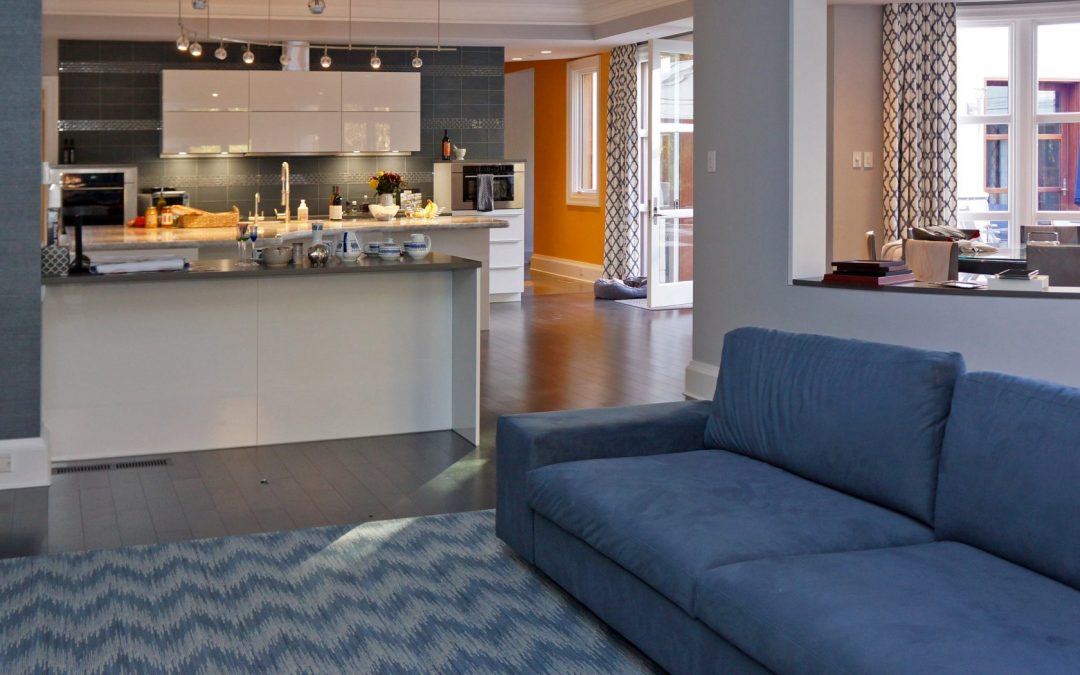
Paint Color Advice for Your Ceiling
Originally posted on https://www.catchlightpainting.com/color-advice-for-your-ceiling/
There’s a great outfit just outside Philadelphia that is a valuable resource to we painting professionals, the Paint Quality Institute, www.paintquality.com.
The institute’s mission is to inform and educate the professional as well as the consumer. Their Director of Communications, Debbie Zimmer, is a dynamic and engaging speaker who keeps our industry on its toes, with her wealth of knowledge regarding color trends, as well as consumer purchasing behavior. I’m including a blog post of Debbie’s that offers a refreshing take on adding color where you least expect it – the ceiling.
 When redoing a room, don’t fail to consider how your fifth wall – the ceiling – can help enhance and beautify the space. In the right circumstances, adding color to the ceiling can make a big difference in the appearance, ambiance, and character of a room.
When redoing a room, don’t fail to consider how your fifth wall – the ceiling – can help enhance and beautify the space. In the right circumstances, adding color to the ceiling can make a big difference in the appearance, ambiance, and character of a room.
The lightness or darkness of the ceiling color can create an illusion that the height of the room is higher or lower than its real dimensions. That’s one reason many people opt for a white or very light-colored ceiling. More often than not, a ceiling is regarded as too low, especially in older homes. And a squat room can feel claustrophobic. Hence, the common use of a light ceiling color.
At the other end of the ceiling spectrum, many newer homes have one or more cathedral ceilings in the foyer, living room, great room, master bedroom, or bath. While a white or very light-colored ceiling can create an aura of luxury in the entrance way, a vast overhead can make other rooms seem cold. Painting a cathedral ceiling in a living room or bathroom in a warm color like soft yellow, gold, or light cinnamon can provide welcome intimacy to an area that would otherwise be just raw expanse.
Rooms with “ordinary” ceilings of standard height can also be enhanced with a little ceiling color. (“Little” being the operative word, since subtle color typically works best on the fifth wall.) If your walls are painted in a mid-tone, consider treating your ceiling in the very lightest tint that appears on the same color card. You’ll be surprised how this can pull a color scheme together.
If you break away from the wall color, proceed with caution when painting the ceiling. You’ll generally do best with very soft pastel hues – extremely pale blue (almost blue-tinted white) works well in many rooms, but not with every wall color.
The exception to this general rule occurs with homes that are either very old or very new. They may offer special opportunities to those who are willing to paint the fifth wall.
 Vintage or historic homes often have irregularly shaped ceilings, particularly on second stories, where bedrooms and bathrooms sometimes track the profile of the roofline. Contemporary architecture, on the other hand, often intentionally incorporates dramatic, angular ceilings.
Vintage or historic homes often have irregularly shaped ceilings, particularly on second stories, where bedrooms and bathrooms sometimes track the profile of the roofline. Contemporary architecture, on the other hand, often intentionally incorporates dramatic, angular ceilings.
If you are living in a home that is endowed with such ceiling features, don’t shrink away from them. Play up your home’s unique ceilings with paint color! These are the kind of spaces that scream for innovative color treatment.
The great variety of unexpected ceiling shapes and dimensions makes it difficult to suggest general rules on color treatment. Moreover, that defeats the whole idea of painting these ceilings in a color that is your own personal style statement.
Still, it is safe to say that you should feel more liberated color-wise when choosing a paint color for a unique ceiling. Contemporary spaces often look great when the ceiling is painted in a “statement” color drawn from modern art – orange or certain browns, for example, while ceilings in older homes typically look best in a hue derived from a more traditional color palette.
The final choice is yours when painting the fifth wall. After taking into account how tone will affect the perceived height of the space, let your creativity soar!
Catchlight Painting is a exterior and interior Boston house painting company. Call or email us today to discuss your project.
